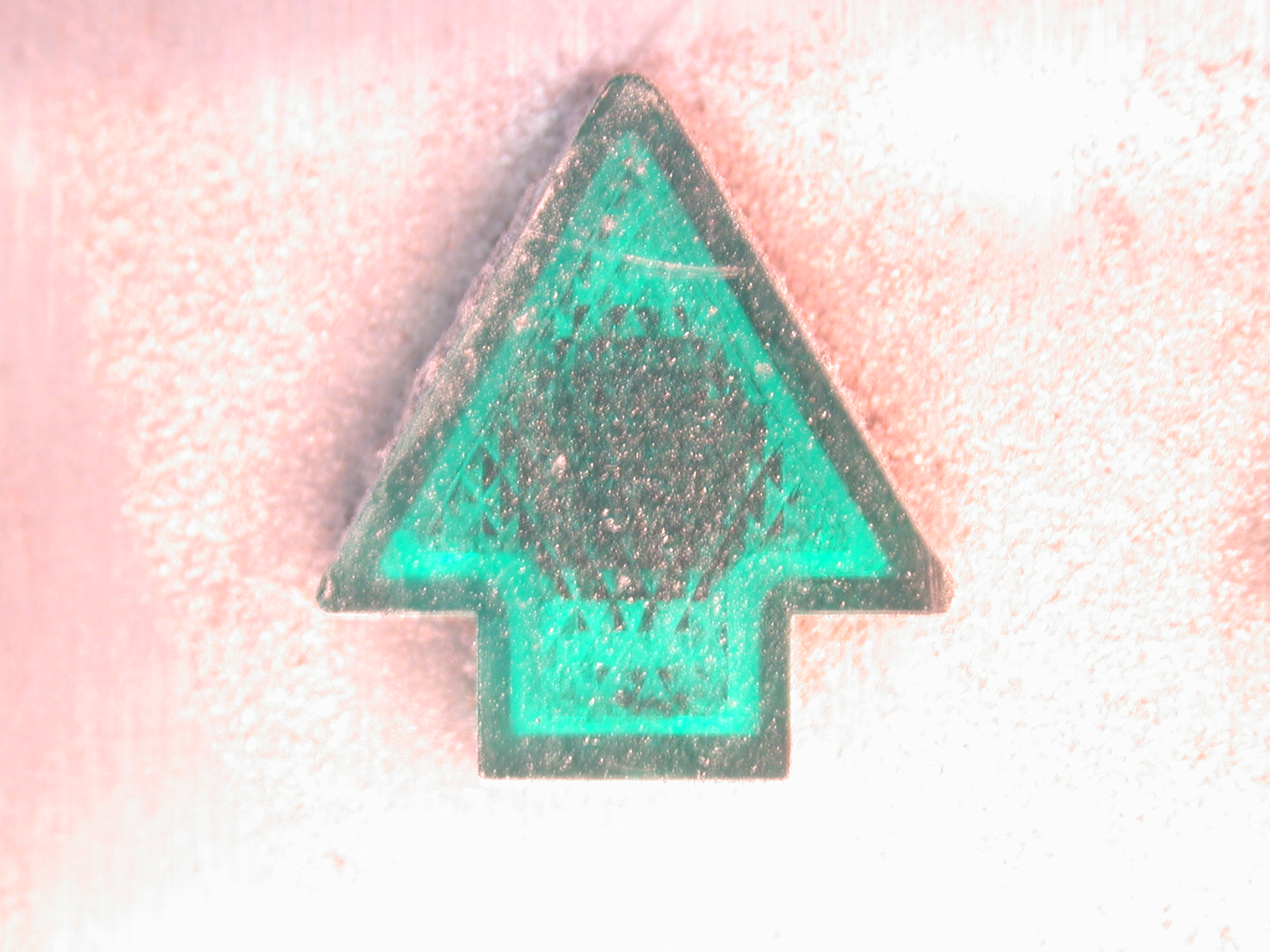Lasers emit electromagnetic radiation (EMR). The light waves that are generated when electrons in an atom leap between levels. Normally, electrons are at the lowest energy level also known as the “ground state,” of an atom. Based on the energy level, a beam can be either narrow or broad. This is the type of beam produced by lasers. They are extremely powerful and are suitable for welding or surgery. These lasers are sometimes called “highly collimated” and are used for these purposes.
The beam diameter is the measurement of the beam’s width. This measurement is usually taken from the outside of the housing for the laser. There are many ways to determine the dimensions of a Gaussian beam. It’s the distance between two points within the distribution of intensities which are approximately 1/e 2 (0.135 times the maximum intensity value). A curvature or elliptical laser beam has a smaller diameter.
The size of a laser beam is measured at the exit face of a housing for lasers. It is defined in various ways. In general, the diameter refers to the distance between the two points of the marginal distribution, whose intensities are 1 / 2 = 0.135 of its maximum intensity value. The diameter of a curved or irregular laser pointer jd-850 beam is much smaller than the width of a cylindrical or radial laser, but a solid state laser remains a solid-state device.
A laser with high power emits a powerful beam of light that creates an optical beam. The light generated by lasers is monochromatic, coherent, and directional. The light produced by traditional sources spreads out and diverges, while the laser’s light is uniform in the wavelength. As the observer distances from the laser, the strength of the beam’s output decreases dramatically. It is still feasible to utilize the beam in many applications even though it is not very powerful.
The housing’s exit point is where the diameter of a laser beam can be measured. Different wavelengths can differ in their diffraction-limited intensities. The wavelength of a laser can be defined in many ways. Particularly, the wavelength may be defined by the peak power. A laser with a wide band-diameter is very strong. Its output power is a several orders of magnitude less than the power it consumes.
The size of a laser beam can be defined in a number of ways. The diameter of a laser can be described by the distance between two locations within a Gaussian distribution. The distance between these two points is referred to as the beam’s diameter. The beam’s diffraction rates are the lowest distance between the two points. It is, therefore, only a fraction of the diameter of the target.
The wavelength of a laser is the radius of the beam. The beam’s diameter is its width. The beam’s width is the size of its pinhole. The pinhole, located in the centerof the laser, selects the peak of a spatial intensity pattern. The size of the pinhole depends on the wavelength of the laser, the focusing focal length and the diameter of the beam input. The pinhole’s profile should be Gaussian.
If the laser is directed on an excitation medium, it is used to stimulate the lasing material. The laser cavity then emits light which is reflected back onto the surface. A mirror on either end enhances the energy. The beam can be utilized in a myriad of applications. It is extremely flexible. You can also modify the intensity of the laser beam to increase its strength or make it less dangerous. The middle of a ring is the optimal pinhole size.

It is crucial to determine the wavelength of a laser beam for its characterisation. The wavelength of a laser can be an indication of the amount of energy it’s able to release. A diffraction-limited beam will have a narrow spectral range, while a non-diffraction-limited one will have a wide bandwidth. A diffraction-limited beam has the appearance of a beam that is diffraction-limited.
The FDA recognizes four hazardous types of lasers. The higher the level, the more powerful the laser. If they are used improperly the lasers could pose a risk. FDA regulations require that products include a warning tag that identifies the product’s class and power. When the power of the laser is too powerful it could trigger an accident or an explosion. The light from a flashlight is white however, the light produced by a diffraction-limited laser is monochromatic.
